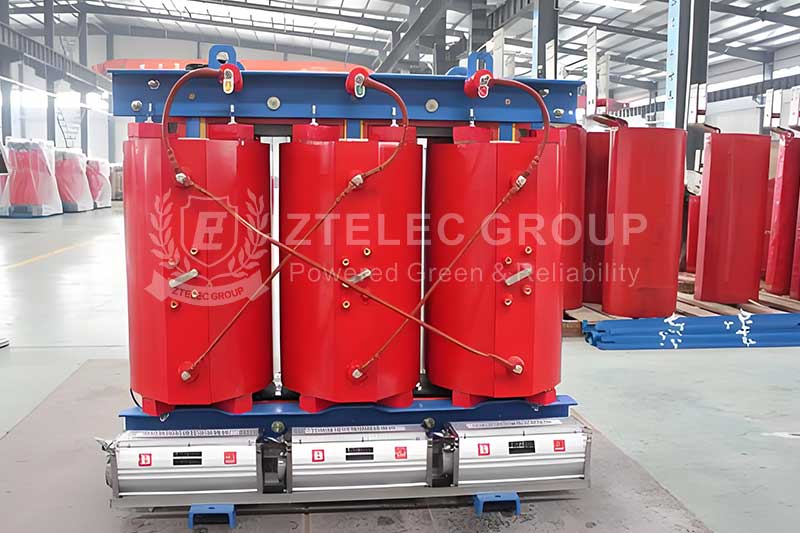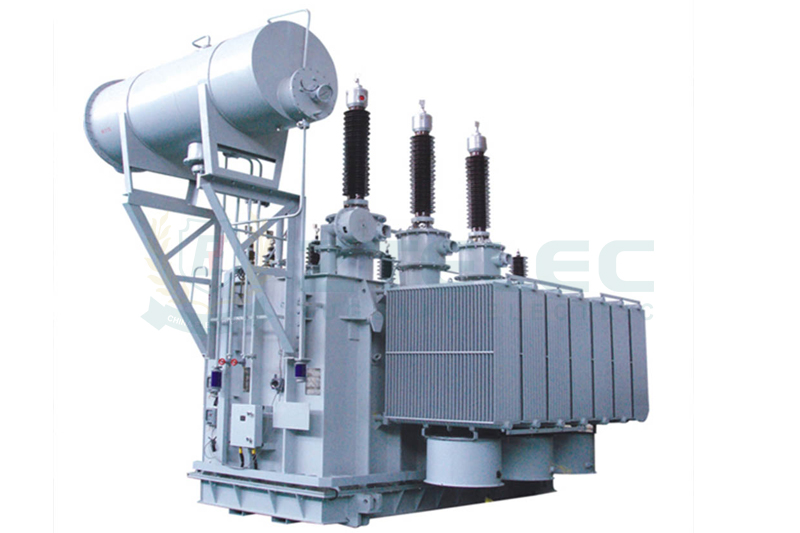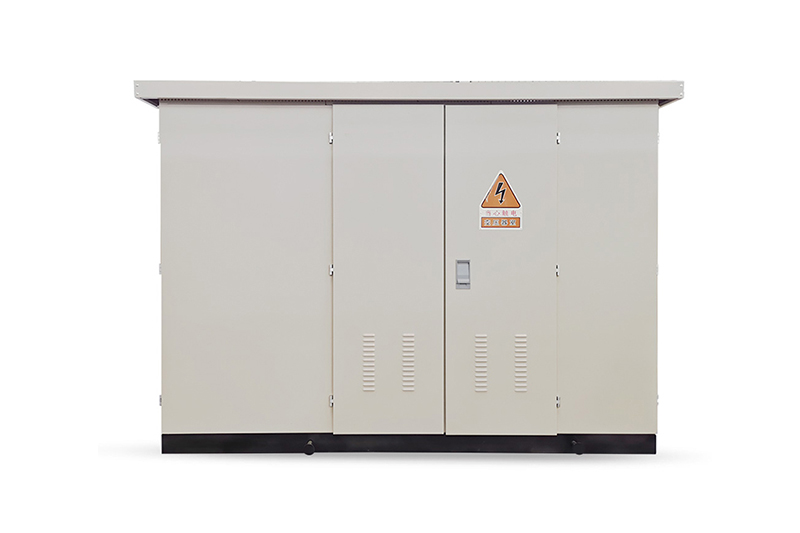What are the disadvantages of dry type transformers?
Time:2024-10-29 Auther:ZTelec-www.ztelectransformer.com
What is a transformer?
Transformer is a device that uses the principle of electromagnetic induction to realize power transmission. It mainly consists of core, winding, insulation material and shell. The iron core is one of the main components of the transformer. In addition to supporting and fixing the windings, the iron core can also gather magnetic field lines between the windings, thereby improving the efficiency of power transmission. The winding is the most basic electrical component in a transformer. It is composed of wires and can be used to transmit electrical energy. Insulating material is used to isolate the electric field between the winding and the casing to avoid electrical breakdown. The outer shell of the transformer mainly plays the role of protection and isolation.

What are the disadvantages of dry type transformers?
High cost: Due to the use of non-combustible materials, special processes and better insulation properties, the manufacturing cost of dry type transformers is relatively high. Therefore, in terms of price, dry type transformers are usually more expensive than oil-immersed transformers of the same class.
High requirements for the environment: Dry type transformers are generally installed indoors, because of their high requirements for the environment, especially moisture and dust resistance. When dry type transformers are used outdoors, additional protective housings are required, which further increases the cost. At the same time, the tightness of dry type transformers is relatively poor, and it is not suitable for long-term use in harsh outdoor environments.
Large noise: Dry type transformer may produce large noise during operation, which may have a certain impact on the surrounding environment and users. Especially in places with high noise requirements, such as residential areas, hospitals, etc., special consideration needs to be given to noise problems.
Maintenance inconvenience: Once the winding of a dry type transformer fails, usually the entire winding needs to be replaced, and it cannot be repaired locally like an oil-immersed transformer. This increases the difficulty and cost of maintenance.
Limited heat dissipation effect: Dry type transformers usually rely on natural air cooling or forced air cooling for heat dissipation. In the case of fan damage or power failure, its heat dissipation effect may be affected, thus affecting the normal operation of the transformer.
Relatively large loss: Although the dry type transformer performs well on the power saving effect, the loss may still be relatively large compared to some optimized oil-immersed transformers. This may have some impact on the overall efficiency of the power system.

Main characteristics of dry type transformer
Low loss and high efficiency: Dry type transformer has low loss, good power saving effect, and can bring economic benefits during operation. Its high efficiency also makes it excellent in energy conversion.
Flame retardant and explosion proof: Because the dry type transformer does not use insulating oil as the cooling medium, it has the characteristics of flame retardant and explosion proof. This feature gives it a significant advantage in places with high fire and explosion protection requirements, such as high-rise buildings, airports, power stations and commercial centers.
Pollution-free and maintenance-free: Dry type transformers do not produce pollutants during operation. And because of their structural characteristics, they can usually be operated without maintenance, reducing maintenance costs and environmental pollution.
Small size and light weight: Compared with traditional oil-immersed transformers, dry type transformers are smaller and lighter, which makes them easier to install and transport and can save installation space.
Good heat dissipation performance: Dry type transformers rely on air convection for cooling. Although the demand for constant temperature is small, but still need to ensure good heat dissipation conditions to maintain its normal operation. Its heat dissipation performance directly affects the service life and performance of the transformer.
Short-circuit resistance and lightning impact resistance: Dry type transformer has strong short-circuit resistance and lightning impact resistance, and can operate stably in harsh electrical environments.
High reliability and long service life: Due to the use of advanced technology and materials in the design and manufacturing process, dry type transformers have high reliability and service life. At the same time, its structural characteristics also make it able to resist the erosion of a variety of environmental factors and maintain long-term stable performance.




